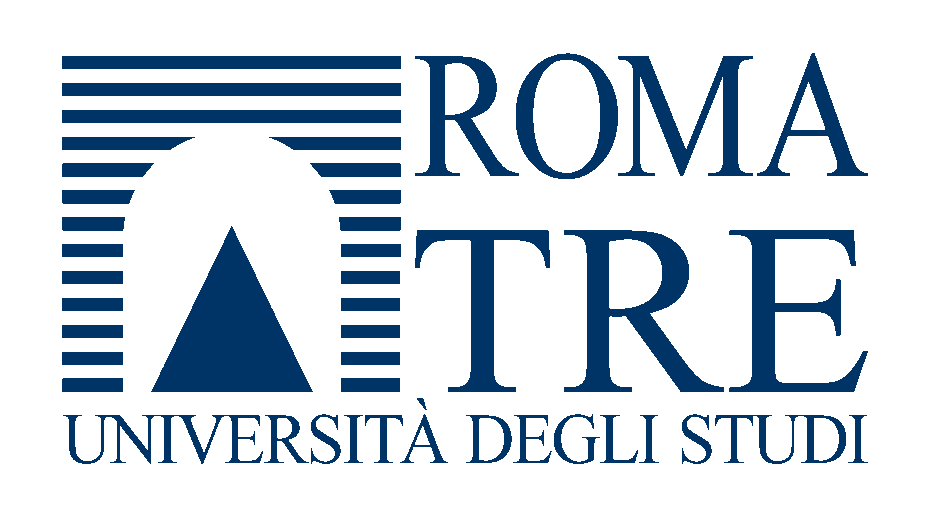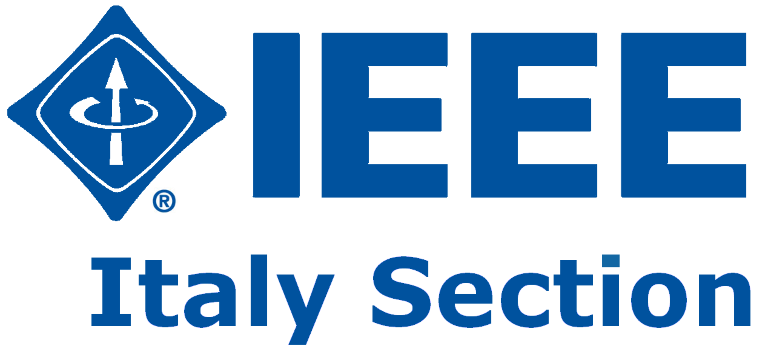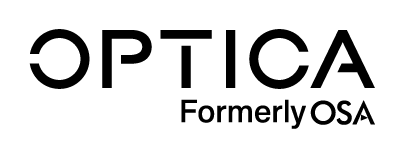Special Sessions
CSNDSP 2024 will host several Special Sessions to attract contributions in emerging or specific topics, within the conference’s scope. Below is a list of special sessions with more information on their scope and topics
SS1 - AI for Wireless Network Modeling and Optimization
- In an era defined by pervasive connectivity and digital transformation, the convergence of artificial intelligence (AI) and wireless networking stands as a pivotal paradigm for the present and future of communication and other systems. AI is becoming increasingly significant in the wireless networking domain, showing the potential for revolutionizing the efficiency and adaptability of wireless networks considering the ever-growing challenges posed by the dynamism of environments. In this context, this session seeks novel AI-driven solutions to model, optimize, and enhance wireless networks. From cross-layer optimization to energy-efficient designs, this session focuses on the latest research on data-driven network intelligence, context-aware networking, quality of service estimation, and AI-native wireless networks.Close scope
SS2 - Cognitive cities: beyond the smart city concept
- The evolution of smart cities has been gradual, mainly based on collect electronic data from and about people and infrastructure to improve efficiency and quality of life. The next step forward is the development of cognitive cities (CC), proactive and predictive instead of merely reactive. In a cognitive city, there is continuous interaction between technology and residents, vehicles, public services, and infrastructures. The city is then conceived as a living, adaptive body that not only 'knows', but 'learns' dynamically to increase parameters as sustainability, safety, security etc. This concept involves not only communications networks but data processing, sensing & monitoring, IoT etc. as well as sociological, regulatory and security issues.Close scope
SS3 - RISs for Communication and Sensing
- Reconfigurable Intelligent surfaces (aka. metasurfaces), based on planar antenna arrays, are an old concept experiencing a revival. Technological advancements allowing for large arrays tuned for high frequencies, and on edge platforms to implement their real-time digital control makes these devices more viable than ever. More importantly, RISs are promising candidates to fulfill the envisioned capabilities of 5G and 6G networks for smart-radios, capable of integrating efficient communications, sensing, and network adaptability based on fast changing requirements. Not only can these devices be the key to meeting these requirements, but they will likely allow for entirely new RF based applications. This special session calls for contributions on the use Reconfigurable Intelligent Surfaces for Communications, Localization, and Sensing.Close scope
SS4 - Satellite and Space Communications
- Particularly interesting are problems related to power and spectrum efficiency, flexibility and adaptability to different propagation conditions, broadband requirements and regulatory implications, mobile services, operation at very low SNR values, fading and interference mitigation techniques, complexity and feasibility issues, but also cross-layer protocol and standardization problems might be considered.Close scope
SS5 - Signal Processing, Machine Learning and Communications for Personal Health Monitoring
- With the increasing concerns of the personal health, the demand of the health monitoring products increases. To develop these personal monitoring products, the human signals are first acquired. Second, the acquired signals are transmitted to a cloud system. Third, the advanced signal processing techniques are applied to perform the denoising and extract the features. Finally, the advanced machine learning techniques are applied to perform the classification and the regression. However, due to the cost consideration, there are many constraints imposed on both the hardware and the software. This special session aims to call for the new methods on the signal processing, machine learning and communications for addressing these challenges for developing new biomedical applications for personal health monitoring.Close scope
SS6 - Signal Processing, Sensing and Communication for Connected and Automated Vehicles
- Connected and automated vehicles (CAV) are a paradigm-shifting transportation concept with great potential to reshape future transport systems. Several advancements in CAV have been achieved in recent years that enabled a high level of autonomous driving. The key technologies underpinning the CAV are signal processing, sensing, communication, and artificial intelligence. The focus of the special session will be on the recent advancement in critical technologies for CAV, including (but not limited to) advanced signal processing, radio and optical communication, sensor development and fusion, environment and pedestrian detection, and artificial intelligence.Close scope
SS7 - Teletraffic Models, Traffic Engineering and Network Optimization
- The objective of this special session is to bring together research papers that address challenges in teletraffic theory and engineering as well as network optimization in contemporary communication networks. From the point of view of teletraffic and traffic engineering, the key objectives remain the same over the years regardless of the network technology: to determine the required network resources according to the offered traffic-load and the desired QoS, and/or to provide effective mechanisms for managing the traffic volume and network resources in each network node or communication link. On the other hand, by the term network optimization, we mainly focus on routing optimization and network topology modeling and other related optimization techniques.Close scope
SS8 - Advancements & Emerging Trends in Cyber Security
- With the advancement of new technologies, modern society is surrounded by various types of devices, networks, and services that offer Internet connectivity. These advancements provide a better lifestyle and the convenience of improved services and communications. However, this ubiquitous connectivity also introduces new security threats and exposes vulnerabilities in systems and networks, creating new avenues for attacks. The objective of this Special Session is to share recent advancements and emerging trends in cybersecurity, with a focus on a wide range of solutions, technologies, as well as novel attack vectors and methodologies for threat analysis.Close scope
SS9 - Emerging Technologies for Wireless Early Warning Systems
- The aim of this Session in CSNDSP 2024 is to serve as a platform to present state of the art research work on the challenges and developments related to Early Warning Systems ( We therefore invite authors from both industry and academia to submit papers and share their recent results on this platform.Close scope
SS10 - Integrated sensing and communications for 6G
- RADAR sensing and wireless communications are the most common radio functionalities used by both civilian and military applications. Traditionally, these systems have been designed and developed in isolation from each other. However, the independent design of these systems wastes valuable spectral resources. Therefore, the spectrum shortage combined with the emergence of novel applications requiring both functionalities, has inspired the research on the topic of integrated sensing and communications with the aim of integrating both functionalities in the same platform. This need will increase with 6G, which aims to support the convergence of the digital, physical, and personal domains. This requires expanding the functionalities of 5G, to include the integration of radio sensing and communications in support of both hardware-and spectrum-sharing.Close scope
SS11 - Massive MIMO and millimeter Wave Communications
- Massive MIMO and millimeter wave communications have been considered as two of the key enabling technologies needed to meet the quality of service requirements for future 5G and beyond 5G wireless communication . The use of MIMO with mmW is very attractive, since it allows packing a huge number of antennas in the transmit and receive terminals. Thus, this combination offers more degrees of freedom to efficiently design the systems, but it also leads to more correlated channels and due to the hardware limitations is not practical to have one fully dedicated radio frequency chain for each transmit and receive antenna. Therefore, the conventional beamforming techniques designed for fully digital systems cannot be used and thus new efficient transmit and receive beamforming schemes must be exploited.Close scope
SS12 - Security & Trust in Radio Access Networks
- The Radio Access Network (RAN) is an integral component of the mobile networks as it enables the connection between the User Equipment (UE) and the Core Network (CN). The dense deployment of massive numbers of Internet-of-Things (IoT) devices along with the emergence of new application verticals impose significant threats in security, privacy and trust of RAN. New architectures, technologies and mechanisms should be designed, developed, and integrated in order to address the stringent requirements and offer intelligent and trusted resource management, flexible networking and security by design. This Special Session aims to collect and disseminate recent advancements and emerging trends in next-generation RAN security and trust, focusing on the architecture, enabling technologies and protocols.Close scope
SS13 - Green and Sustainable Optical Wireless Communication systems for IoT applications
- The application of IoT is witnessing an unprecedented surge across various sectors, from domestic homes to smart vehicles, smart wearables, digital health and industrial (I4.0) applications. According to Statista, there are over 15.14 billion connected IoT devices as of 2023. As we look towards a future where billions of devices communicate seamlessly, the role of advanced wireless technologies becomes not just significant but indispensable. This growth underscores the need for innovative, sustainable and green solutions to power and connect these IoT devices.Close scope
Page updated on: 4 Jan 2024 - 14:10
Technical Cosponsors
Financial Sponsors
Important dates
Today isWednesday, 5 November 2025
Full paper due14 March 2024 Expired
Notification of acceptance23 April 2024 Expired
Final paper submission31 May 2024 Expired
Registration opens1 April 2024 Closed
Early bird registration closes31 May 2024 Closed
Supporting grants application deadlineClosed
Developed by Uniroma3











